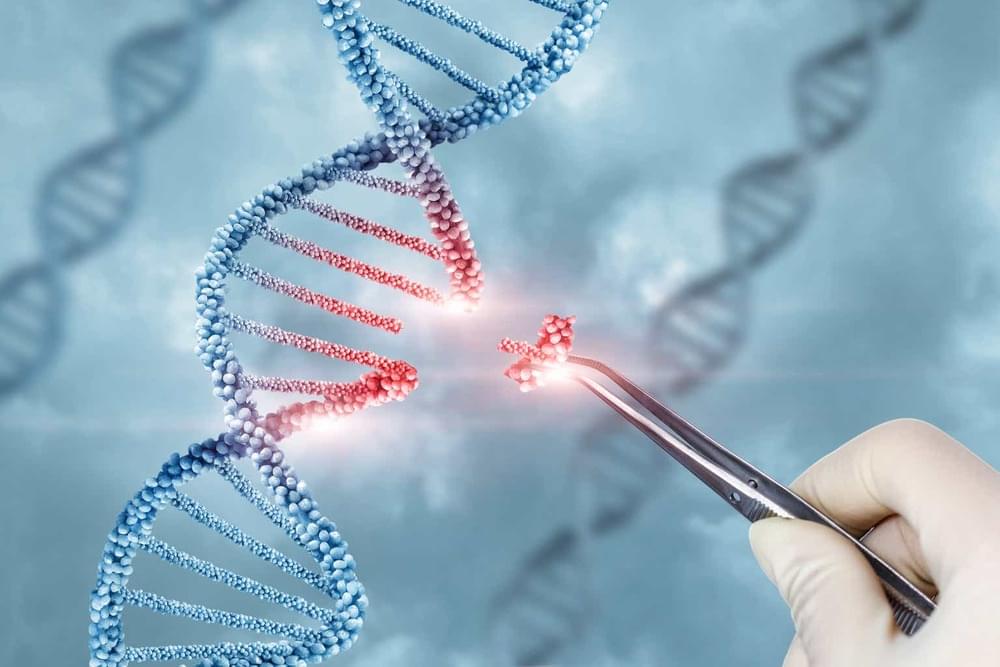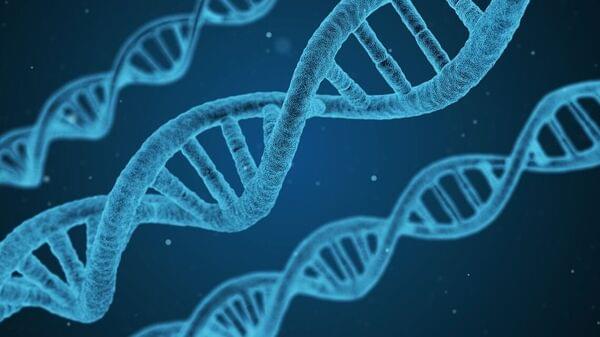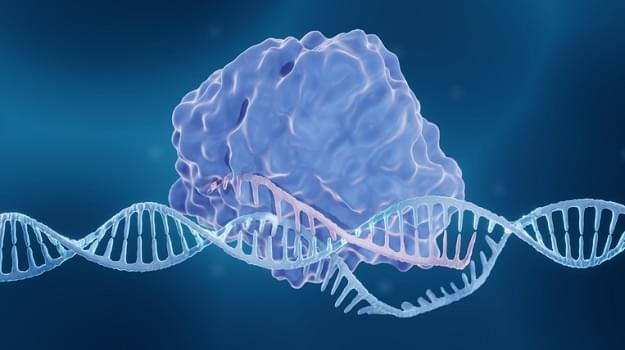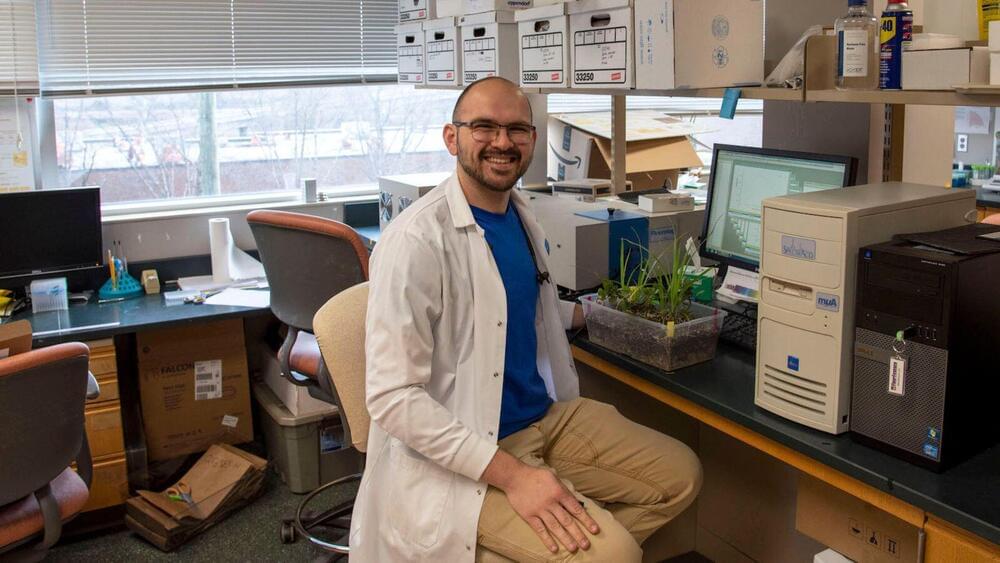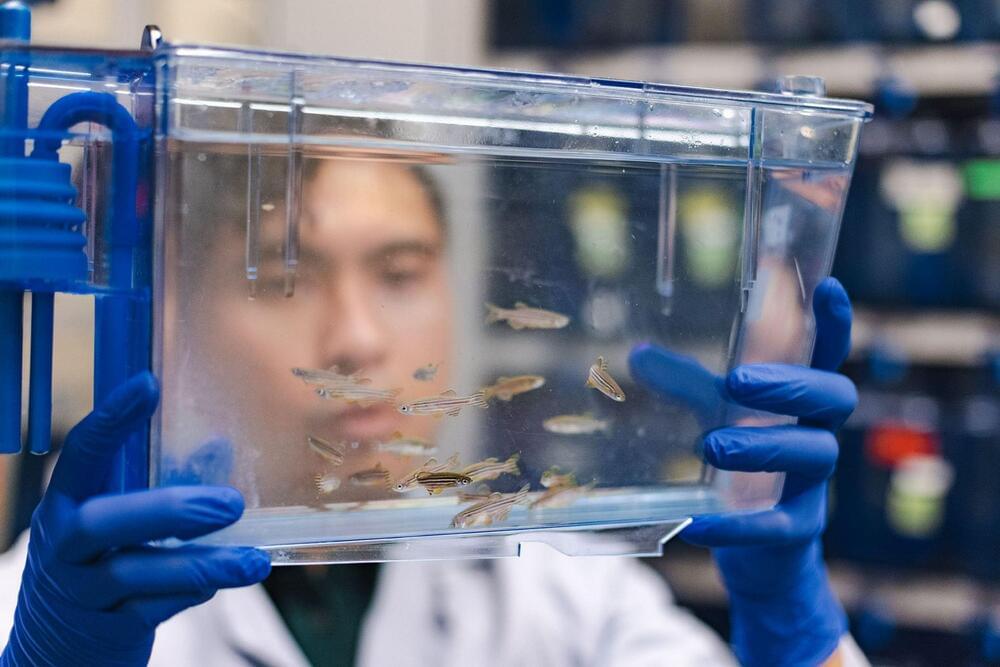Nov 29, 2023
Explore the role of CRISPR gene editing in target validation
Posted by Dan Breeden in categories: bioengineering, biotech/medical, genetics
Target validation is a crucial step in pre-clinical drug discovery workflows that builds confidence on the identification of a genetic target as relevant to a disease. With recent advancements, CRISPR serves as a particularly powerful tool for this process, as it enables researchers to accurately modify genes and determine their function in a variety of experimental systems.
One scientist leveraging CRISPR gene editing in this way is Dr. Panos Zalmas, Head of the Open Targets Validation Lab based at the Wellcome Sanger Institute, whose work focuses on discovering and validating new putative disease targets for the development of safe and effective medicines.
In this SelectScience® interview, we speak with Zalmas to learn how he is working to improve the rate of target adoption into drug discovery pipelines across therapy areas such as oncology, neurodegeneration, and immunology and inflammation. Here, Zalmas explains the importance of gene editing in his target validation workflows and highlights how CRISPR technologies in particular are key to the success of drug discovery.


